Hot demand, shrinking harvests: Thai coffee faces boom and doom paradox
Thai coffee is having its moment, with demand for specialty local beans surging. But the industry faces multiple challenges including poor yields due to climate change, rising costs and intense competition.
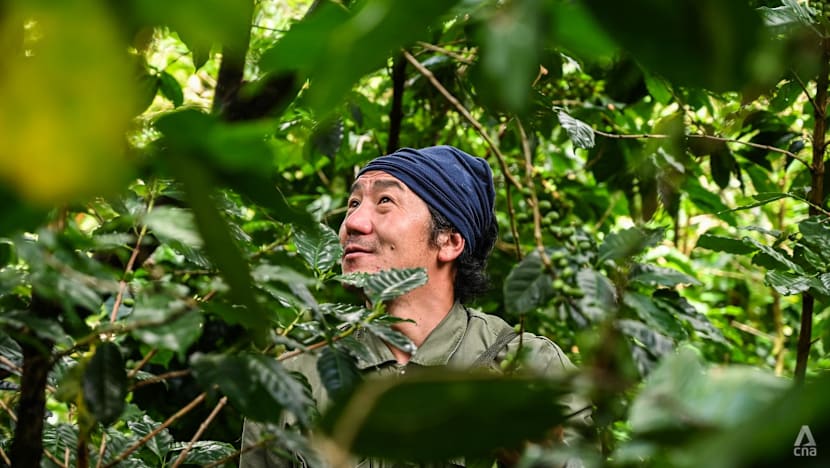
Chatree Saeyang, a veteran coffee farmer, inspecting his plantation in Chiang Mai province. (Photo: CNA/Jack Board)

This audio is generated by an AI tool.
CHIANG MAI: As mist rolls in along a mountain ridge high above Chiang Mai, Chatree Saeyang climbs up steep wooden stairs to his rustic village cafe, a hideaway in the clouds for coffee drinkers.
Chatree, 39, is a third-generation farmer and a tinkerer.
Littered behind the cafe counter is an assemblage of coffee paraphernalia for his caffeinated creations. As his espresso machine whirs, the headbanded master also starts to prepare a pour-over coffee from beans he grew, fermented and roasted himself.
He knows which trees produced which fruit and how that will translate to the cup. His specialty coffee is celebrated, part of a national movement increasingly prizing organic, artisanal processes.
Yet the natural ecosystem that fosters the practices of farmers like Chatree faces unprecedented challenges.
Thailand’s coffee industry is being reshaped by a paradox. Climate change is stressing highland farms and pushing production downward, even as a booming cafe culture in the country’s urban hubs drives record domestic demand.
With prices rising and imports surging to fill the gap, Thailand's coffee scene is undergoing a rapid transformation marked by fierce competition, bold innovation and a growing push for sustainability.
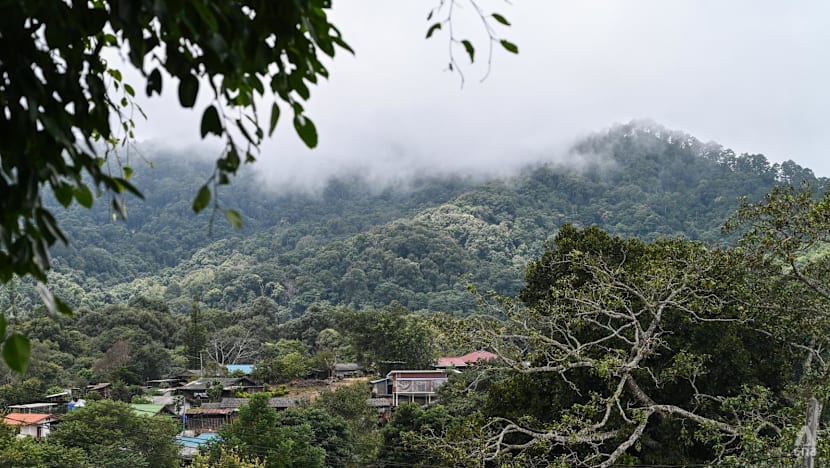
Farmers sit at the start of the chain.
Chatree’s mature forest plantation sits in Khun Chang Kian village, recognised as one of Thailand’s earliest coffee growing regions and located about an hour’s drive through windy mountain roads from the downtown of Chiang Mai.
Chatree’s family has grown the crop for five decades, and his deep experience on this land tells him things are changing here.
The rain is becoming erratic, he observes, and the trees bend and shape to their environment.
It will play out when their cherries are ready to pick in a few months’ time; their flavour will change and if the conditions are not right, there will be fewer of them to process.
“Less yield means less money. But the coffee plants are tough like us; they have to adapt to survive in the changing conditions,” he said.
“Global warming certainly has an impact, but it won't be the end for coffee. There is still a future."
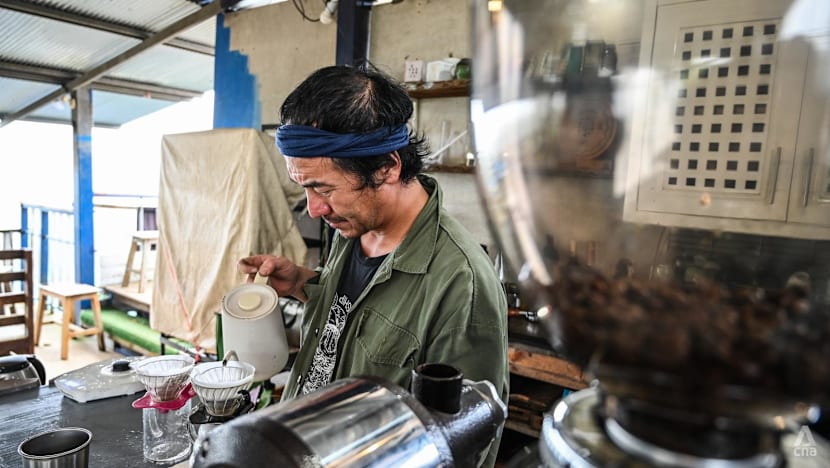
CLIMATE CHANGE HITTING COFFEE INDUSTRY
Chatree’s optimism is at odds with global trends. Extreme weather is playing havoc with farmers’ ability to produce arabica coffee - a typically more expensive variant compared to robusta, with complex flavours and preferred by artisanal cafes.
Productivity has plummeted. In 2023, Thailand produced only 15,651 tonnes of coffee beans - about two-thirds of it arabica - where output in the past once hit more than 86,000 tonnes in 2001.
A combination of rising temperatures, inconsistent and damaging rainfall events, prolonged droughts and pests is increasingly jeopardising yields.
Land under cultivation has also dropped as more farmers shifted to monoculture of crops like maize or those with higher value, like durians.
“The effects go beyond lower yields. It also causes quality to drop — the crop no longer meets the standards we used to expect,” said Jiraporn Inthasan, a master trainer in regenerative agriculture at Maejo University in Chiang Mai.
“In 20 years we might not have arabica in Thailand anymore. It won’t be possible,” she said.
Thailand is not alone in its climate struggles. Brazil and Vietnam, two of the world’s biggest coffee producers, suffered disastrous growing seasons in 2024, contributing to global coffee prices hitting a 50-year high in February.
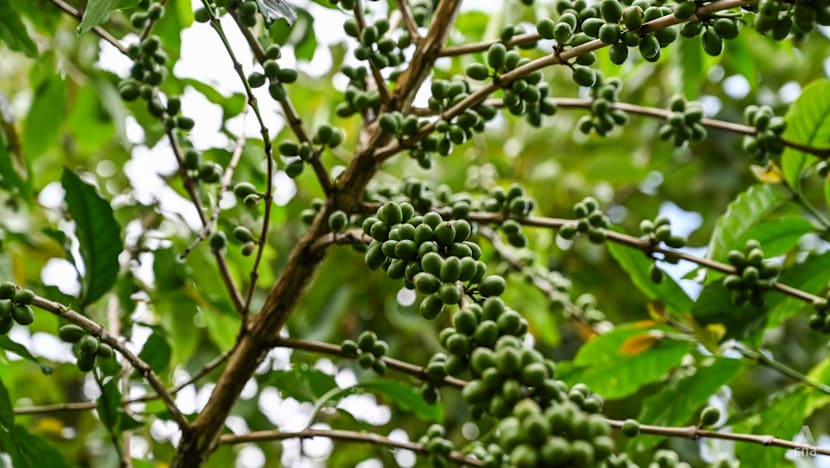
There are industry-wide fears that many small-scale farmers will abandon cultivation and new farmers will be reluctant to choose coffee. This type of production is important; smallholders are responsible for growing 70 per cent of the world’s coffee.
Key coffee-growing areas are right in the climate hitting zone. The crop is mostly grown in a region known as the Coffee Belt - between 20 degrees north and 30 degrees south of the equator. That is also a part of the world among the most vulnerable to climate change impacts.
“It’s serious. I’d even call it severe,” said Naruemon Taksaudom, the founder of HILLKOFF, a business focusing on coffee innovation, training and value‑chain development.
In the hills of Chiang Dao, north of Chiang Mai, PANA Coffee, a company that covers every step in processing coffee from seed to cup, saw about 11 hectares of its plantations lost to a forest fire last year.
The year before, it lost a “lot of crops” due to unseasonal rain, said its founder Kompit Panasupon.
It was a reminder of the challenge everyone faces, he said, when dealing with the fragilities of crop-growing amid climate change.
“Everyone is feeling the effects right now. It's a big problem that we all have to be serious about. And it's not just about coffee. It's basically every agriculture-related business and every farmer's job,” Kompit said.
Adaptation is possible through investments in climate-resilient varieties and the more widespread adoption of crop diversification and agroforestry. But the clock is ticking as the planet heats further.
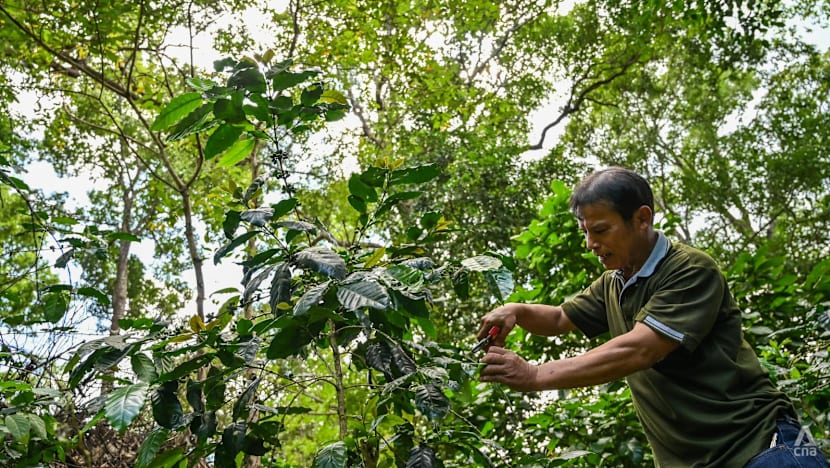
A DEMAND THAT CANNOT BE STOPPED
Back when coffee cultivation began in Thailand in the late 1960s, Thais hardly drank coffee. Initially, the arabica crop was introduced to the northern highlands and promoted as part of an alternative development model to replace the illicit cultivation of opium.
The sector has evolved and in 2025, the broader domestic market is valued at 65 billion baht (US$2 billion), according to Thailand’s ministry of commerce.
From 1995 to pre-pandemic 2020, annual consumption of coffee in the country increased by more than tenfold. Thais now consume an average of 340 cups of coffee every year.
Internationally, the market was estimated to be worth US$245 billion last year, according to Precedence Research, and is projected to grow by about 4.5 per cent per year to US$382 billion by 2034.
The organic segment is expected to register the fastest growth in the coffee market during the forecast period, the research found.
Within that, Thailand is carving out its niche, not as a major volume player, but rather as a producer of high-quality, specialty and smallholder produced coffee. It is pivoting towards value.
Specialty coffee in Thailand accounts for only about 10 per cent of quantity - at around 5,000 tonnes annually - but for 20 per cent of total value. It is a cash cow for those who are able to navigate its nuances and complexities in an increasingly challenging growing environment.
While “specialty coffee” is a technical industry term that has evaluation requirements and a scoring set for attributes like aroma, flavour, acidity, body, balance and aftertaste, in Thailand it is more commonly used to describe coffee grown by smallholder farmers, with traceability and served in third-wave cafes.
While some Thai coffee undergoes technical grading, "specialty" is often a looser cultural label.
“Thailand has been lucky: Consumers welcomed coffee culture, and demand - along with interest in new coffee varieties and flavour profiles - grew faster than supply,” said Naruemon.
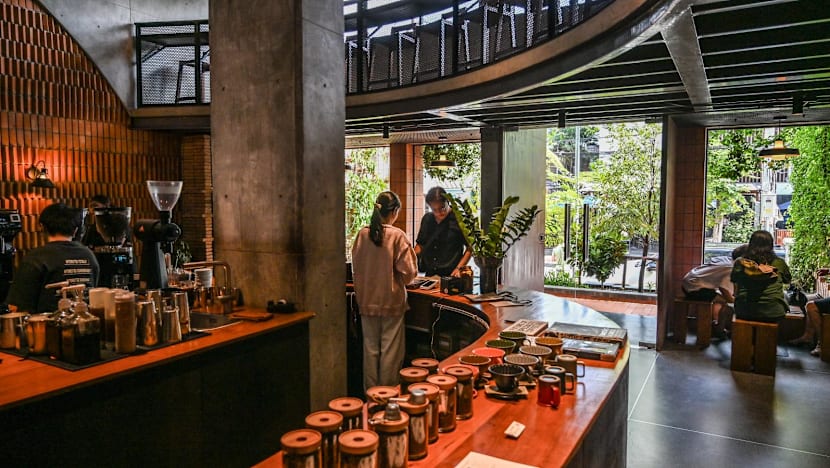
In the ever-sprawling city of Chiang Mai, there are signs of that demand.
Last year, 1,700 new coffee shops opened in Chiang Mai, while 400 closed in the same period, delivery and lifestyle platform LINE MAN Wongnai reported.
Akha Ama Coffee Roasters is among this next generation of cafes driving demand for Thai coffee. Even before its 8am opening time, customers are already peering over the chain-link fence blocking the entrance.
More than a retail location, co-founder Lee Ayu Chuepa wants it to be a social enterprise committed to sustainability and promoting the efforts of indigenous hilltribe communities who grow the coffee.
Lee is also promoting Thai coffee overseas; an Akha Ama roastery opened in Tokyo last year.
“We could not stop the demand. It definitely will grow and that’s probably a good thing,” he said.
He said consumers want to know where their coffee comes from; and he can offer both that story and an anchor of support to his people.
“We’re finding a balance between generations. Our families have really old wisdom about doing agriculture, so we blend those skills with modern techniques and young people are finding a job that can sustain their living,” Lee said.
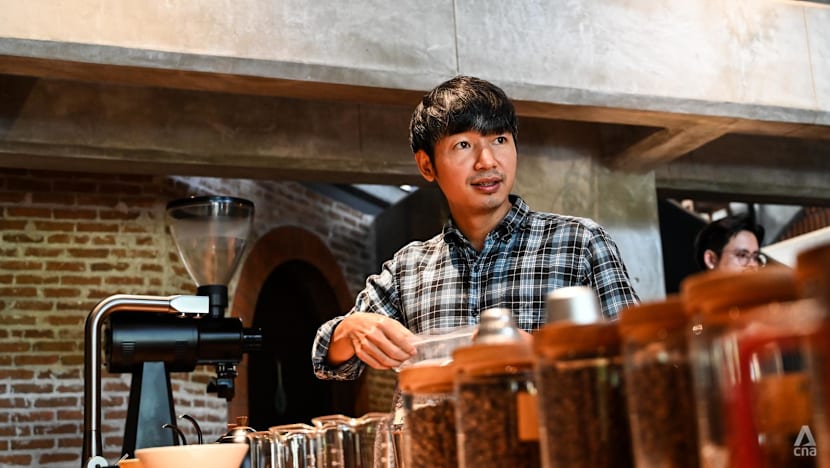
Not all farmers have such options. Specialty coffee production remains an outlier activity that requires an investment in skills, knowledge, equipment and, often, marketing.
“Most of the farmers up in the hills are hill‑tribe communities or smallholders who don’t have the time to hand‑sort beans. So larger companies step in to buy their coffee and then develop the branding themselves. Ninety per cent are primarily concerned with one thing: How to maximise their yield,” Naruemon said.
But she acknowledged that demand for specialty coffee has become an opportunity for farmers to lift their quality of life if done right.
“It becomes a virtuous circle. That’s my perspective: Healthy soil, good yields, better quality, and healthier lives,” she said.
PANA Coffee is one company trying to connect smallholder farmers and consumers.
It is attempting to do specialty coffee at scale and has made major investments in infrastructure at its sprawling complex on the outskirts of Chiang Mai city to ramp up processing of organic high-end beans.
The company’s philosophy is to lift the entire industry from seed to cup, to improve livelihoods, value and enjoyment of coffee, Kompit said.
PANA runs an initiative called Project Shade that involves 22 different grower groups spanning multiple provinces to help farmers implement organic practices into their operations.
“Thailand doesn't produce enough coffee for ourselves. So, there's still room to grow. Whether that's enough land to grow, that's another story. But I really believe that with the existing land, and if more farmers embrace shared, grown organic practice, they can produce a lot more specialty grade coffee,” he said.
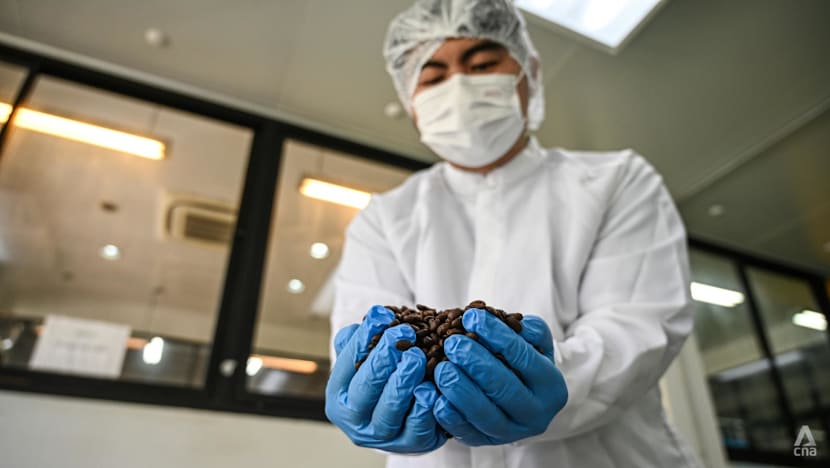
In addition, the company runs education courses through an academy to upskill coffee professionals and also invites farmers to taste their own coffee - a rarity for many.
“Then when they go back, it's like a paradigm shift for them, like, ‘Oh, if I do this, if I do that, my coffee will taste like this, and more people will want to buy it’,” he said.
“Basically, it's exposure to what the consumers like that allows people who grow coffee to know what to do with their crops, and it's like building a bridge.”
For Lee, he sees the changes starting to manifest in local communities: Young people are staying in the mountains instead of seeking jobs in the city, or returning home with new skills and enthusiasm.
“You look at the other jobs in agriculture, not many people are proud to do them. But in coffee, you feel like a pioneer and we’re proud to do it,” he said.
“I think this is a game changer for Thailand, if we can keep growing the quality.”
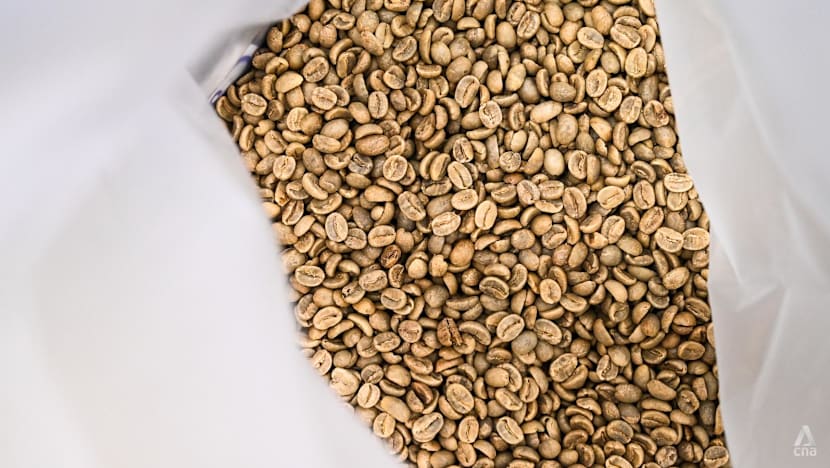
FROM COMMODITY TO LUXURY PRODUCT?
Coffee roasteries and specialty cafes around the country are being forced to walk a fine line between serving a burgeoning trend and making their business work in a period defined by inflationary costs, a sluggish local economy and limited supply of beans on the market.
The rise in the global price in coffee has been profound over the past decade, but especially this year.
Arabica coffee has increased in cost by 63 per cent from 2015 to 2024, when it averaged US$5.63 per kilogram. In February this year, it topped US$9 per kg.
Robusta - higher in caffeine and usually used for instant coffee or blends - has seen similar trends and nearly a threefold increase in price since 2020.
As yields have dropped in Thailand, the scramble to access beans of high quality, to suit what customers increasingly want, has gone full tilt.
Cafes are competing for the same domestic supplies and are having to secure coffee through contracts years into the future.
“It's so competitive. It's almost silly at this point. You have to make a commitment to pay for coffee that is not even on the trees yet. And for some people, it might be a huge risk,” said Han Wang, an artisanal coffee roaster and co-founder of PHIL Coffee in Bangkok.
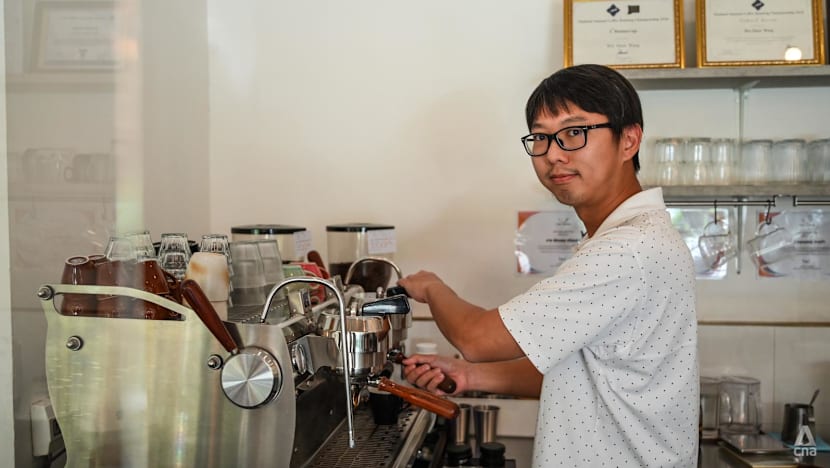
Thailand will also need to import approximately 80,000 tonnes of coffee beans, instant coffee and other coffee products this year to meet local demand, the government said in March.
Coffee from non-ASEAN markets, which would include popular source countries in Africa and South America, attracts an import duty of up to 90 per cent.
Roasteries and retailers are the ones bearing the raised costs, said Wang. The high levels of competition makes it difficult to significantly increase the price of a cup of coffee, he explained.
“The only way to counteract the import duties is to improve the local coffee. It's actually way better than, like, two decades ago. It's actually crazy good now," he said.
“But then, we still face a problem of quantity, in terms of local production."
As thousands of cafes open each year in Thailand, the tough market conditions means closure rates are high. LINE MAN Wongnai reported that 43 per cent of Thai cafes are shuttering within their first year.
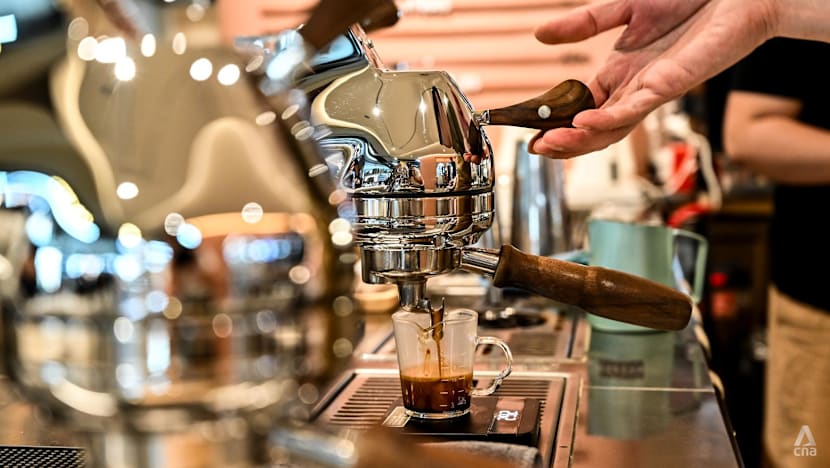
To justify higher costs for customers, cafes are framing specialty coffee more as an experience, said Wasin Kusakabe from Nana Coffee Roasters and the Thailand National Brewers Cup 2024 Champion.
“Our philosophy is that we don't sell coffee, but we sell the experience,” he said.
The group’s branches are designed differently and its coffee has ranges of flavours, acidity, sweetness, mouth feel, tactile and body.
Wasin said the industry is moving towards considering coffee a “luxury product” similar to wine and whiskey, where people could often pay 400 to 600 baht per glass. A trendy new-age cafe in Bangkok would typically sell a regular cafe latte or americano for between 100 and 140 baht.
“People have this mindset of coffee as a commodity, but now the perception is starting to shift,” he said.
“We don’t want to increase the prices, but then there's a reason for it. We're trying our best to absorb as much as we can,” he said.
“But we also want people to be aware of what's going on in our world today.”
Additional reporting by Jarupat Buranastidporn
Editor's note: An earlier version of this article incorrectly named Maejo University's regenerative agriculture master trainer as Jiraporn Wongpaithoon. Her name should be Jiraporn Inthasan. We apologise for the error.


















